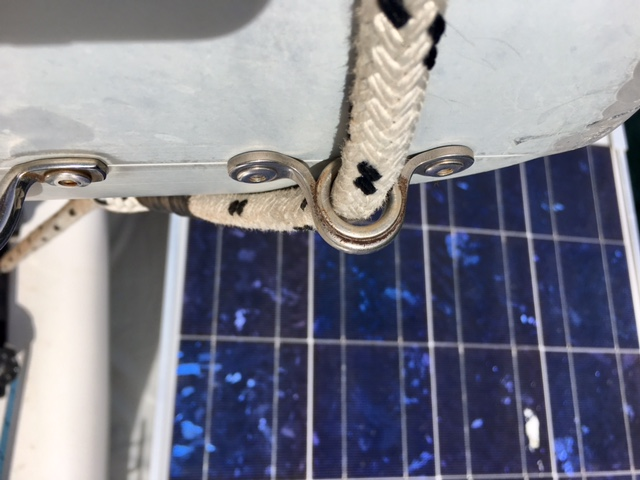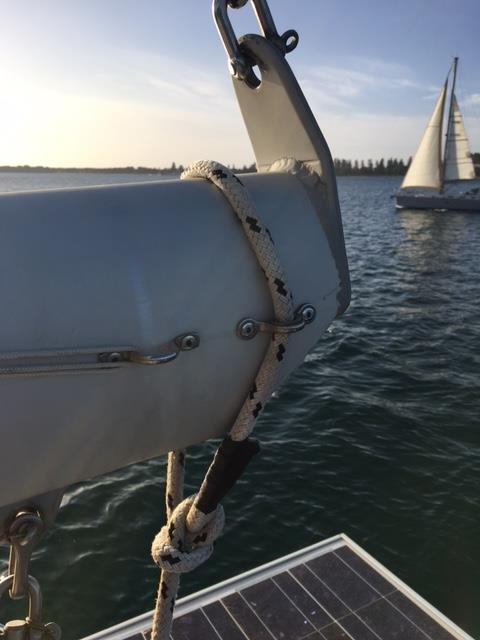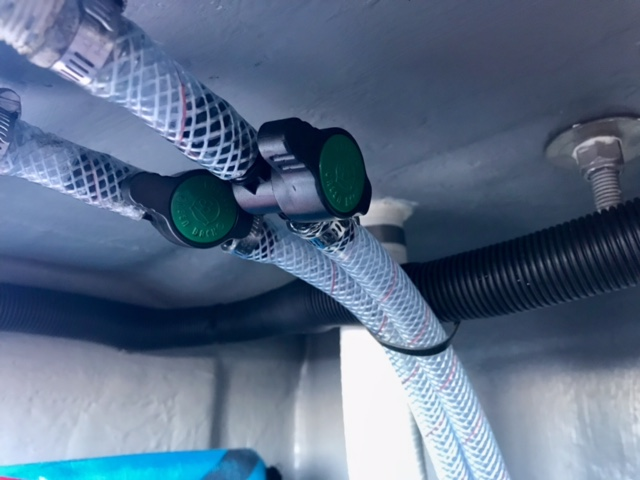Brett Hodder is the new Service Manager here at Multihull Central. He is not only a Seawind 1160 owner himself, but has lifetime of experience sailing, is a Masters 24, MED 3 and has RYA Yachtmaster Cruising Instructor qualifications, he has also sailed thousands of miles in locations around the world.
With so much practical and hands on experience he can understand and rectify most problems on any boat and more than happy to share his experience with you. Here he as written a must read article for all Seawind 1160 owners, with some handy tips and fixes to improve your boat. If you would like to contact Brett for advice or to source spare parts, he can be reached on 02 9810 5014 or he would love to hear from you.
Hello and welcome to my article outlining a few matters relating to helping you achieve the most out of your Seawind.
Whilst I’m still getting up to speed with my role here at Multihull Central, I have sailed extensively on 1160’s and 1250’s and I have a fair understanding on what works and what could be improved.
Seawind’s are a great vessel, performing well above their waterline length and to this day, I haven’t come across another boat that offers the same package in a similar size.
Today, I’m going to highlight 3 items that would be useful to know the next time that you step on board.
Firstly, an easy way to make the Tri-Fold doors weather tight is to put a 12mm x 6mm neoprene closed cell rubber tape along the hinges of the centre door.
This is available from Whitworths and also from a company called Industrial Rubber Supplies at Alexandra Place, Murarrie in Brisbane where I purchased 12mm x 3mm and affixed it to both of the outside doors as well as the centre door, so when closed, it provides a nice weather tight seal that keeps the water and wind out of the saloon area.

The tape makes for a nice tight seal when the doors are closed.
Second is a maintenance related issue where those pre-Vietnam 1160’s and 1250’s rigged with Tempo Spars booms need to check the “D” shackle at the rear of the boom where the mainsheet is attached. Over time, the D shackle which is stainless steel will wear through the softer aluminium extrusion to the point that when you are 20 Nm offshore in a stiff S/E at 2am in the morning, it could let go.
The 2 mainsheet D shackles attached in the boom have stainless steel collets which prevents this wear. To fix this, if the hole isn’t too worn, get a collet or sleeve inserted to prevent further wear or in my case where it went past the point of no return, affix two saddles in the side of the boom behind the boom bag saddles and to run the mainsheet through this, over the boom, through the opposing saddle and to finish off with a nice bowline. A nice tidy fix.

Boom with Collets inserted to prevent wear, these are original.

I attached the two saddles with stainless aircraft rivets along the line where the boom bag saddle is affixed. Look for the saddles with the ring inserted.

Finish off with a tidy bowline and wrap the tail with amalgamating tape. Ready for the next 20 000 Nm.
When sailing to windward in medium to heavy conditions, salt water coming up the foredeck from pounding through waves will enter your fresh water tank via these breathers to the point where this precious resource will become unpalatable and will have to be pumped out over the side.
This happened to us as well as another 1160 on our 3 day passage to the Louisiades in 2012. Pumping 600 litres of water over the side was not what we expected to on day one of our trip. Fortunately, we had a water maker that was able to make up for it every time the engines or the Honda 2 went on.
Back in Cairns, a trip to the local Bunnings store saw us purchase 2 in line taps, fitted just under the hatch that can be turned off to prevent the ingress of salt water. We turn them on when we know that we are going to be in for some rough stuff. A three way tap would be a better solution in that the water tank could vent under the protection of the locker.If you fit the inline tap and close it on passage, be careful not to use excessive water as a vacuum could occur in the tank. Try to equalise pressure when it is safe to do so.

In line taps fitted with additional hose clamps. Gravity does it’s thing and the next stop is the fresh water tank.





